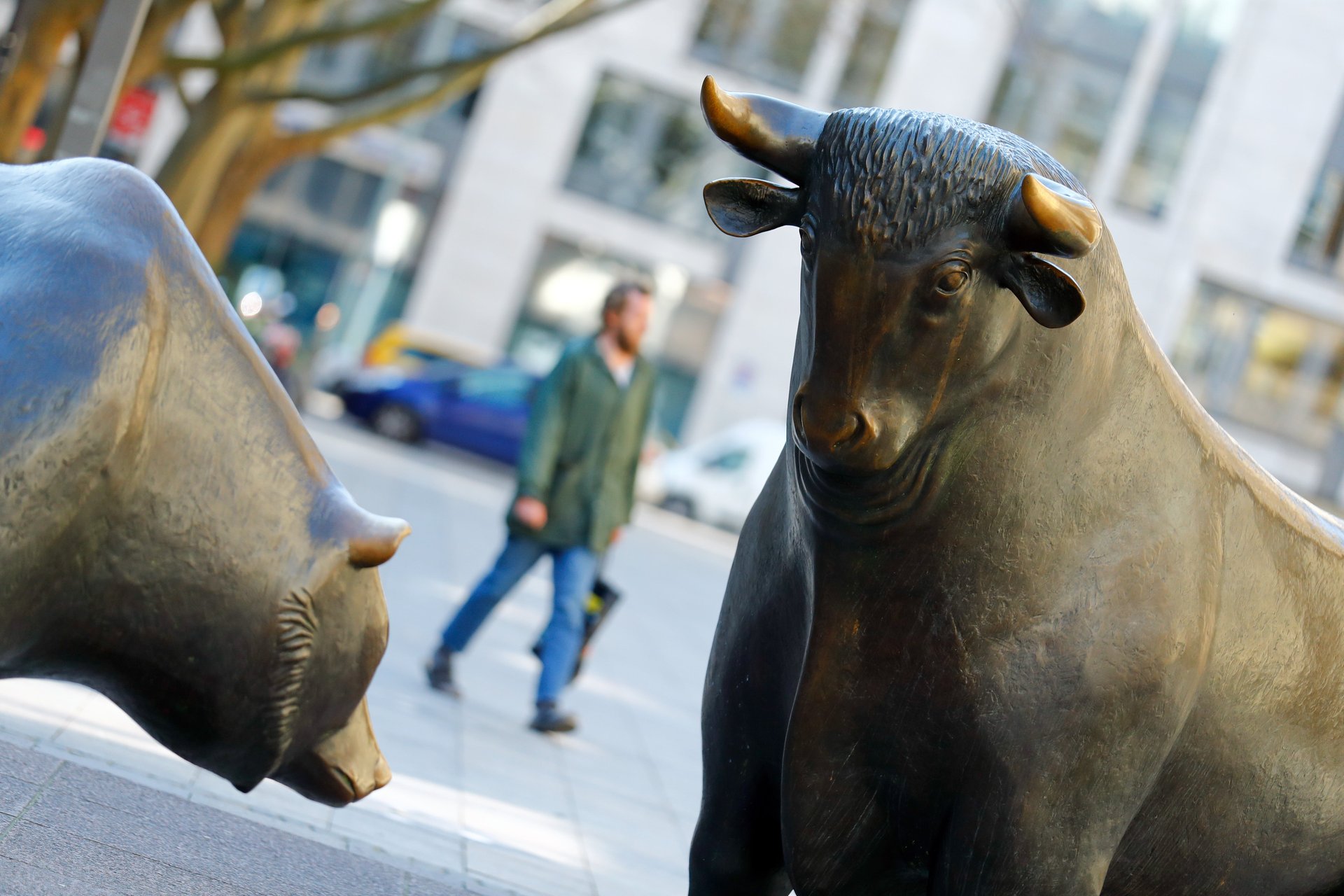Brokerage app signups soar as coronavirus causes stock market plunge
Stocks have been on a rollercoaster in recent weeks as the spread of the new coronavirus disrupts the global economy. Account openings for brokerage apps suggest some retail investors may be looking for bargains.


Stocks have been on a rollercoaster in recent weeks as the spread of the new coronavirus disrupts the global economy. Account openings for brokerage apps suggest some retail investors may be looking for bargains.
In the UK, Freetrade says it has had record account openings almost every day, with 125% more of them on March 20 than the daily average of the previous few weeks. A spokesperson for San Francisco-based Charles Schwab said the brokerage is seeing “strong, above-average asset and account growth.” Square CEO Jack Dorsey said in a conference call that the company’s Cash App has had “strong engagement” for investing, while eToro’s CEO said in an email that first-time depositors have increased by 300% this year.
Trading volumes have been off the charts as governments shutter whole commercial sectors to stop the spread of Covid-19. Many equity indexes are down 15% or more this year, even as officials plan to spend and lend more than $4 trillion to help workers and to preserve industries that have gone into hibernation to slow the coronavirus outbreak.
By some measures, equity markets are indeed “cheap” by historical standards. The cyclically adjusted price-earnings ratio (CAPE) of US stocks, pioneered by Nobel Prize-winning economist Robert Shiller, has fallen to its lowest level since June 2013. Equity market gyrations, meanwhile, have gone through the roof: Several of the biggest one-day gains and losses on record took place this month, according to Bianco Research. Some traders may be looking to speculate on price swings.
But not every company bounces back after a plunge. The stock of multinational conglomerate General Electric still hasn’t fully regained the ground it lost during the financial crisis in 2008; it took the S&P 500 Index about six years to attain its previous high.
Likewise, timing the market is nearly impossible, according to Rob Williams, vice president of financial planning at Charles Schwab. “People shouldn’t try to predict market highs and lows to decide when to start investing,” he wrote in an email to Quartz. He added:
“The trajectory over the long term has been upward, and if you aren’t invested you’re going to miss that growth. That said, we suggest that investors of any age who need a portion of their money in less than five years not invest that money in stocks. If you have larger purchases or expenses coming up in the next five years or so, market volatility demonstrates the need to reduce risk for that money and set it aside.”